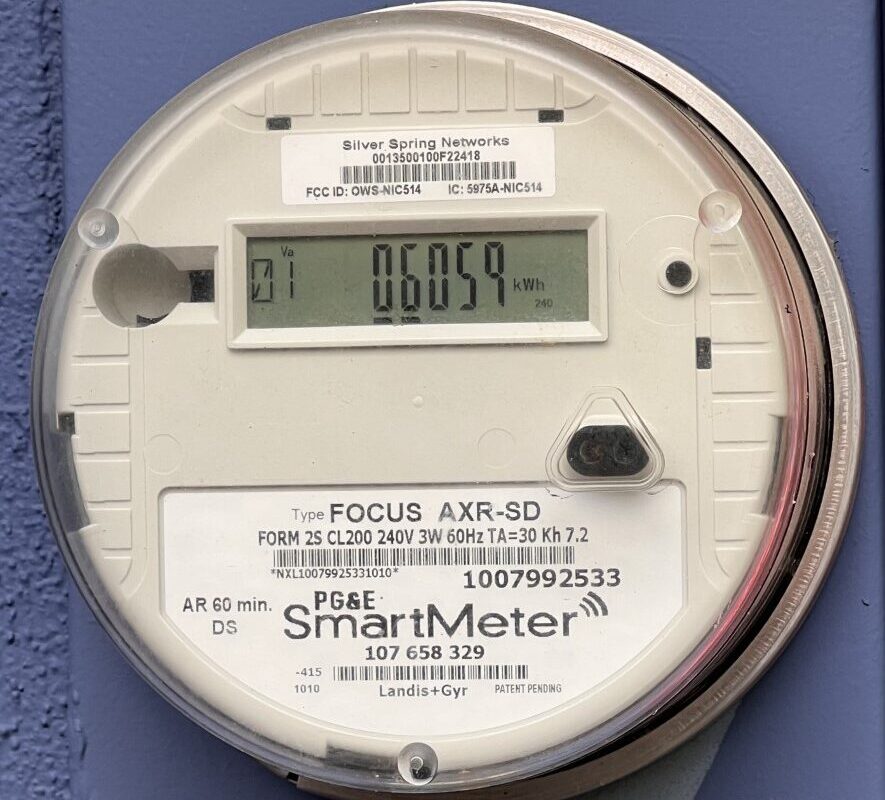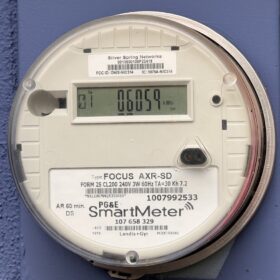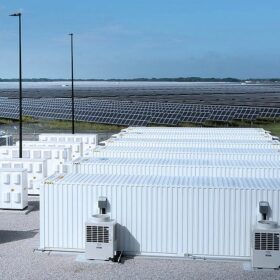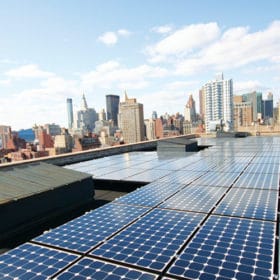From pv magazine 6/25 “The Hunt for High Efficiency”
Can you give some background on recent industry concerns around ultraviolet-induced degradation in PV modules?
For around two and a half years, we have been involved in several projects where larger module buyers benchmark different module types against each other in terms of reliability. In this context, we realized that there was strong UV degradation in lab tests for some modules. This came alongside some other issues like mechanical load or damp heat degradation, but the UV degradation was the most surprising to us, and to others in the industry, including some module manufacturers.
To put it simply, the applied UV dose in the test typically corresponds to about one year of exposure in Europe. If this lab degradation appeared in the field, this would mean that the economic viability of many large PV projects could be significantly impaired, just because of the amount of UV-related performance loss.
And have you seen these levels of UV degradation start to appear in modules already in the field?
This is where another recent finding comes in. We quickly realized that these modules did not show stable behavior after UV testing in the lab. Depending on the storage and light conditions, we sometimes saw very strong degradation, but also something like recovery. What the community realized is that there are two different mechanisms at work here.
We have UV-induced degradation, which as far as we know causes irreversible damage to the cell passivation layer. Then there is an additional process which happens after the UV test. Left in dark storage, the module loses power. It can lead to degradation of several percent within one or two days. But it’s also reversible by a few minutes’ light soaking.
This can be evaluated as an artifact that we only see in the lab. We need a proper stabilization in order to get rid of this artifact and evaluate the relevant part of the UV degradation, that’s basically the main message.
Is this, then, an issue with the way the lab test is accelerated – that it’s maybe too strong to give an accurate representation of what happens in the field?
Not quite, although that is a topic we are still investigating. There are no good studies comparing indoor and outdoor degradation yet, so for now we have to assume that the acceleration, the higher light intensity, will cause the same degradation as over a longer time with lower intensity.
On the one hand we have seen cases of UV induced degradation in the field. On the other, looking at the number of module types that show this UV degradation in the lab, we would expect more cases outdoors. There is uncertainty when it comes to comparing indoor and outdoor results. But independently of this, we know that indoor results are affected by this additional dark storage effect.
Does this point to a need for an update to the standard testing procedures?
There is a definite need to add light soaking or another stabilization procedure after the UV test. It’s under discussion if we can use the exact same procedure of light soaking that is defined in the standard, or if we have to define a special light soaking that is applied after UV. Changes to the UV test itself may also be needed. For example, the operating point, if modules are in short circuit or open circuit, or in maximum power point tracking, in the UV chamber. There is still data being collected on these issues.
Is this degradation issue confined to tunnel oxide passivated contact (TOPCon) modules, or have you also seen it with other technologies?
In principle passivated emitter rear cell (PERC) modules could also be affected, although it’s hard to say because there are not so many new commercial PERC models on the market right now. We also see reports of heterojunction modules having at least a similar effect. When it comes to back contact, there is not a lot of data. However, just looking at the cell architecture there are strong similarities on the front, and since the UV light in the field typically illuminates the front side, we expect similar behavior.
Manufacturers are suggesting various solutions to control UV degradation – typically with careful process control or additives to the encapsulant. Can you comment on the effectiveness of these?
We have seen cases where module manufacturers, after we got in contact with them, claim to have changed something. We don’t know the details, but the modules showed much less UV induced degradation when these changes were made.
So we believe that this issue can be solved on the cell level by changing, for example, the properties of the antireflective layer, the hydrogen concentration in some layers, or some other factor.
The other strategy which is used in commercial heterojunction modules is to add a UV blocker or downshifter to the encapsulant. However, this could induce additional problems in the long run, if these polymer additives degrade over time.
In your opinion, should the industry still be worried about UV degradation, in TOPCon or any other cell technology?
We shouldn’t be worried about TOPCon or any technology as a whole. But thorough UV testing should be a part of ordinary quality control for manufacturers and buyers. The issue may not be as bad as we thought or as some earlier tests appeared to show. But it is still there.
As long as we have uncertainties regarding UV degradation and whether we can really quantify in the lab what will happen long term in the field, it is possible to reduce the risk by doing UV tests and buying those module types that show no degradation in the lab. There certainly are modules where this is the case.
This content is protected by copyright and may not be reused. If you want to cooperate with us and would like to reuse some of our content, please contact: editors@pv-magazine.com.









My local School District is putting in a Solar System on four buildings.
The panel they are using is SIL-530 XM BIFACIAL.
What cautions would you warn us about UV and can that be corrected after installed?
Are current capacity projections taking UV degradation into consideration?
Thanks for any attention.
Dan Glover